American Red Oak
Recognizing American Red Oak
American Red Oak is recognized by:
- Its smooth gray, slightly cracked bark
- Its long alternate leaves with their pointed tips
- Its purplish-brown acorns
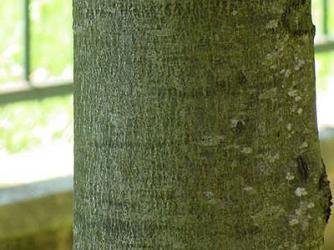
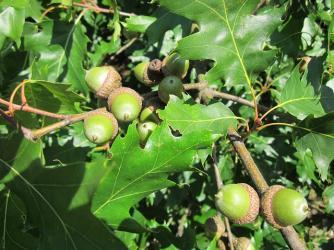
Sites favored by American Red Oak
Temperatures
Annual average between 4-15°C. It withstands very cold temperatures. It is a heliophilous species but tolerates the shade.
Rainfall
Requires 800-2,000Â mm of precipitation per year. It can survive periods when water is scarce and resists drought.
Soils
It ideally prefers cool, deep flinty or sandy soils. It does not tolerate chalky soils and does not do well in waterlogged or dry soils. The species is quite flexible when it comes to altitude (200-1,600Â meters).
Root development of the cork oak
- Deep and powerful.
- Relatively wind resistant.
Plantation of American red oak
| Density | Spacing | Benefits and drawbacks |
| 1,100-2,000 plants/hectare | 3 x 4 m | Early, abundant fruiting and reproduction. Does not like competition from weeds. |
N.B. The American red oak’s early, abundant fruiting and reproduction favors natural regeneration.
Final density: 80-100 stems/hectare
Growth and production of American red oak
- Fast growth when young, gradually slows down over time.
- Production of 5-15Â m3/ha/year (depending on site).
American red oak wood
- Pinkish-brown heart with fairly indistinct pinkish-gray sapwood.
- Easy sawing. Precaution required when drying.
- Heartwood with good mechanical qualities.
- Excellent wood used in joinery and cabinetwork.
- Also used for beams and firewood.
- Trade name: Red oak

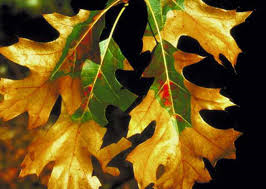
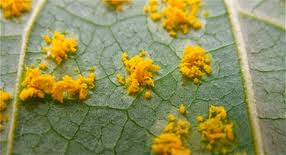
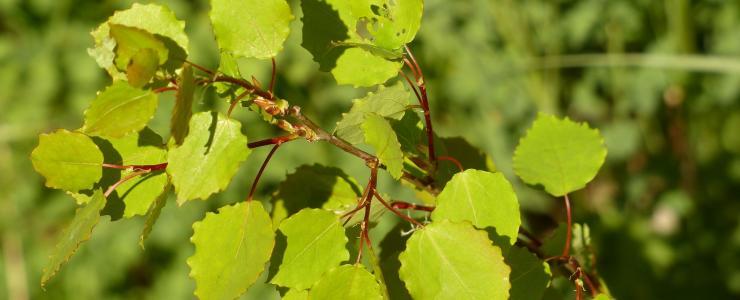
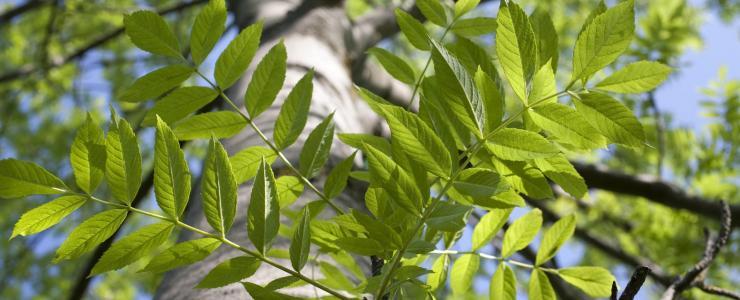
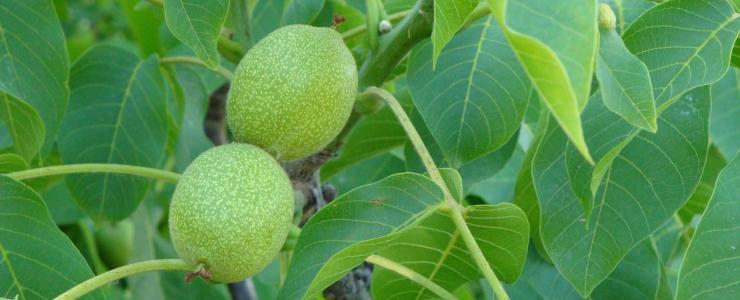
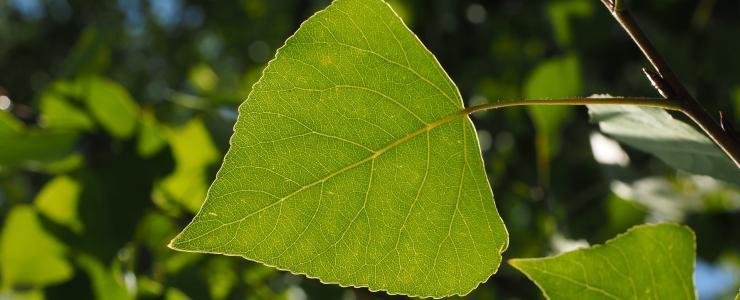
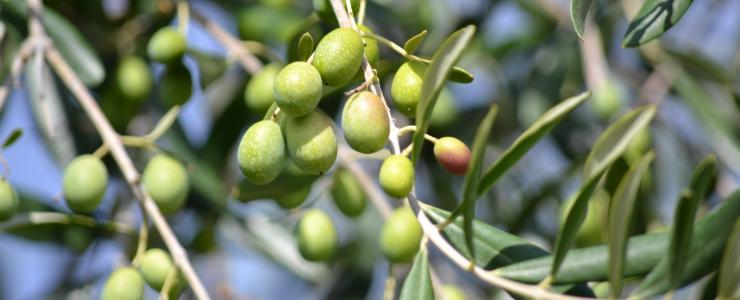
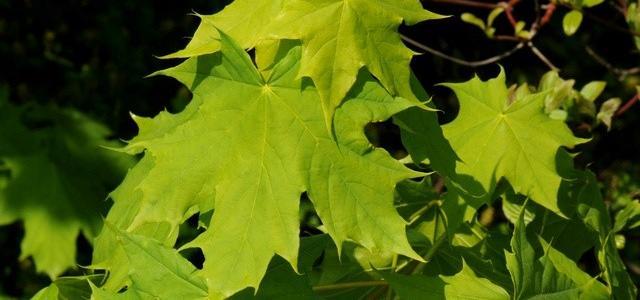
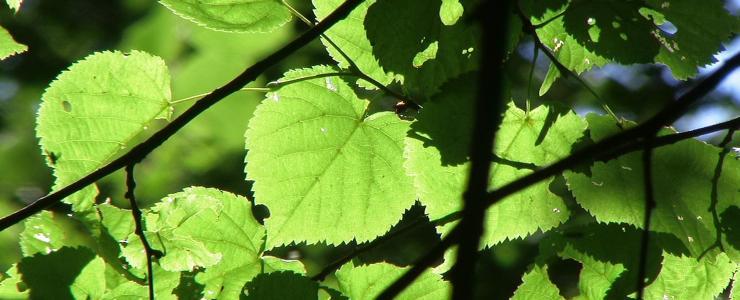
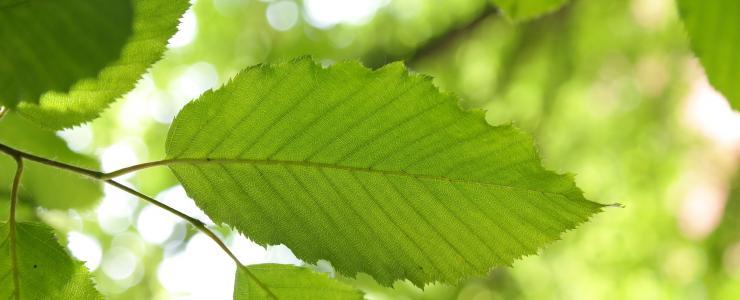
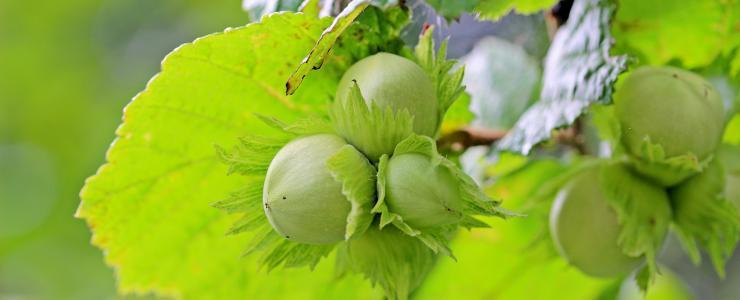
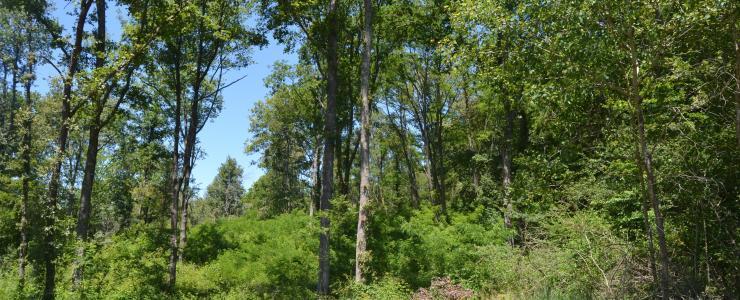
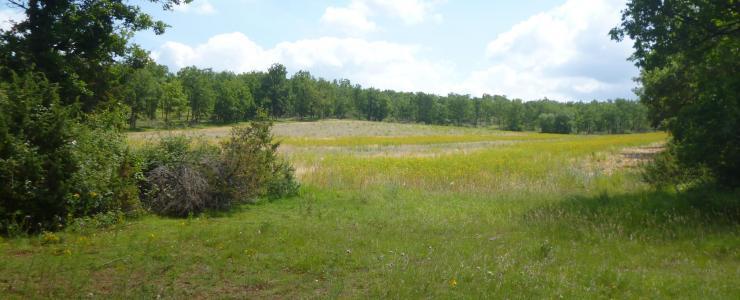
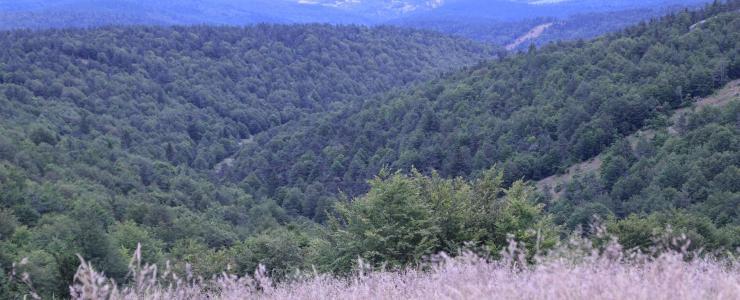
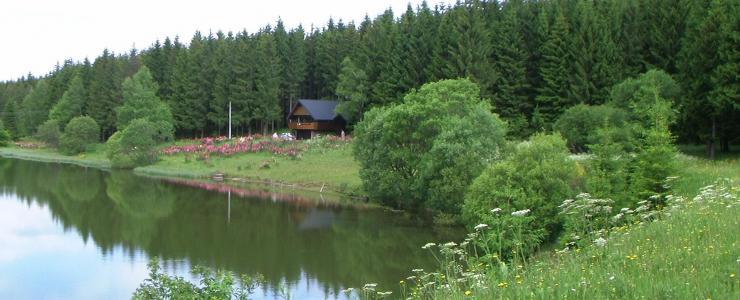
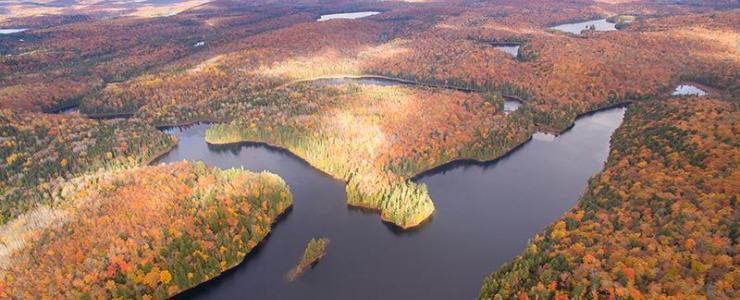
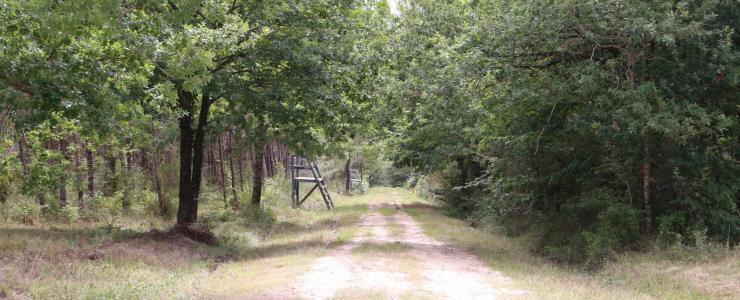
Economic view
American red oak suffers from the comparisons made with native species, which limits its introduction and understanding of the species’ qualities. Yet American red oak has some positive characteristics which should be taken into account when purchasing a forest of this species.
Its main quality is its resistance to storms, thanks to its powerful root development. It is widely used to produce traditional-style furniture or solid wood staircases.
The pinkish color of its wood adds to the appeal of buying an American red oak forest and it makes very decorative wood veneer.
American red oak therefore has its own place on the timber markets.
It certainly has a promising future so it is worth considering investment in an American red oak forest.